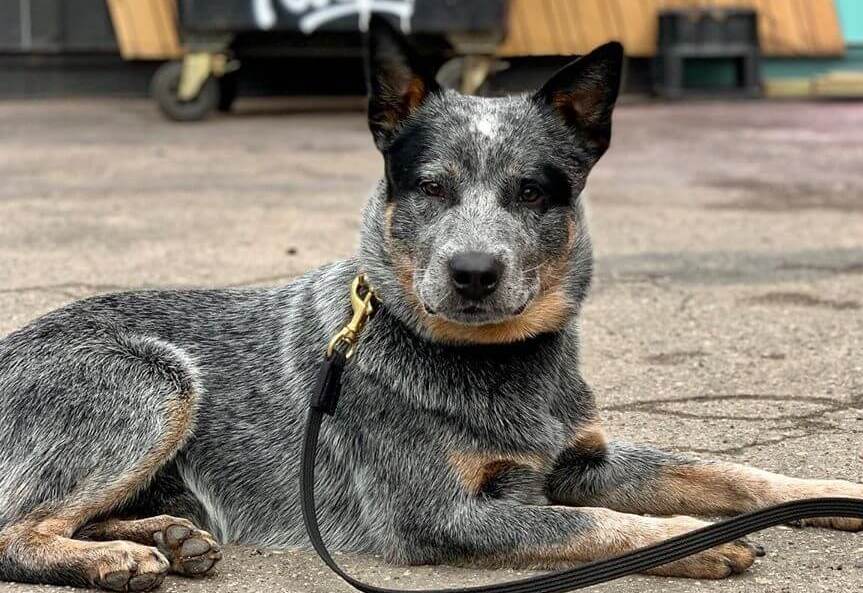
The breed of Australian shepherd dog is devoted to the owner, is quick-witted, and easily amenable to the basics of dressing. The pets have established themselves as responsible cattle keepers. Dogs are affectionate and loving, delight breeders, constantly act as excellent companions. According to statistics, a certain representative of the breed lived to be 29 years old. 2,500 puppies are born in Australia every year.
History of the Breed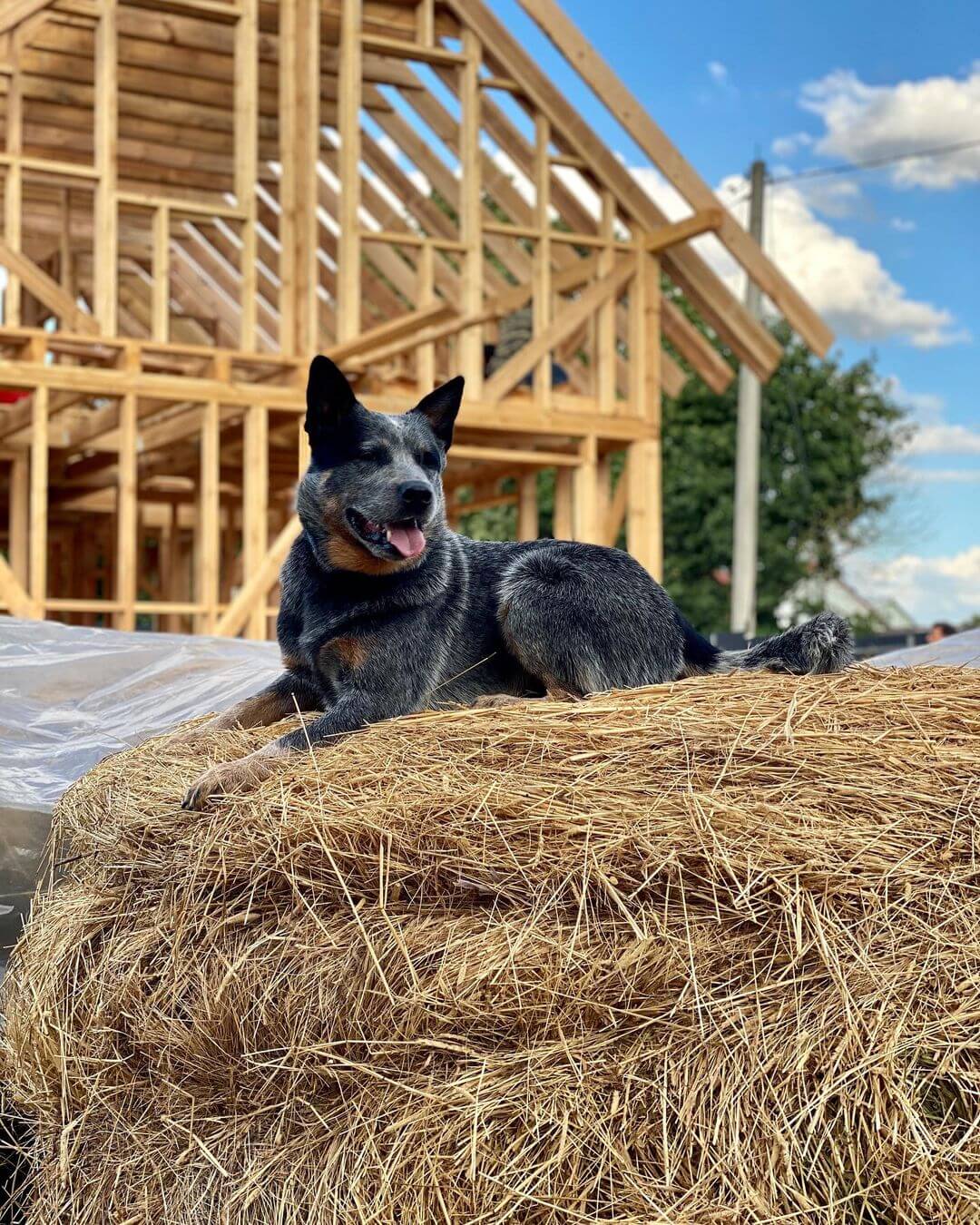
The Australian Healer breed was bred in Australia, as the name implies, during the period of the settlement of these areas by the British. People needed a strong, hardy, and intelligent dog with a large, muscular physique, which could endure all adversity in a new place and serve as a reliable support in various endeavors. And, as you can imagine, there were many undertakings.
These dogs are called differently – Australian Healer, Queensland Healer (due to the huge popularity among farmers in the Queensland region of Australia), Blue Healer or Halls Healer. Officially, however, he is an Australian herding dog (for cattle). And the nickname “healer” came about because the dogs were raised in a herd of cattle, and they grazed the cattle by biting its lower legs.
The Australian healer today is the result of many years of selection and crossbreeding, which began in 1893, and already in 1897, Robert Kaleski showed the first results of his labors to the public. Robert Kaleski developed the first standard based on native dingoes, rightly believing that these animals are naturally suited to the Australian wild.
Moreover, the dogs that the first settlers from England took with them (for example, terriers) were poorly suited for the climate and semi-wild life in Australia, and all of them were subsequently crossed and improved in order to obtain more perfect breeds.
The Australian healer today is very similar to a dingo dog, although it has a different coat color. It has been eligible to be shown in the Working Group since September 1980. The breed entered the herding group in January 1983. The NSW Kennel Club gave its approval for the breed standard in 1903.
Appearance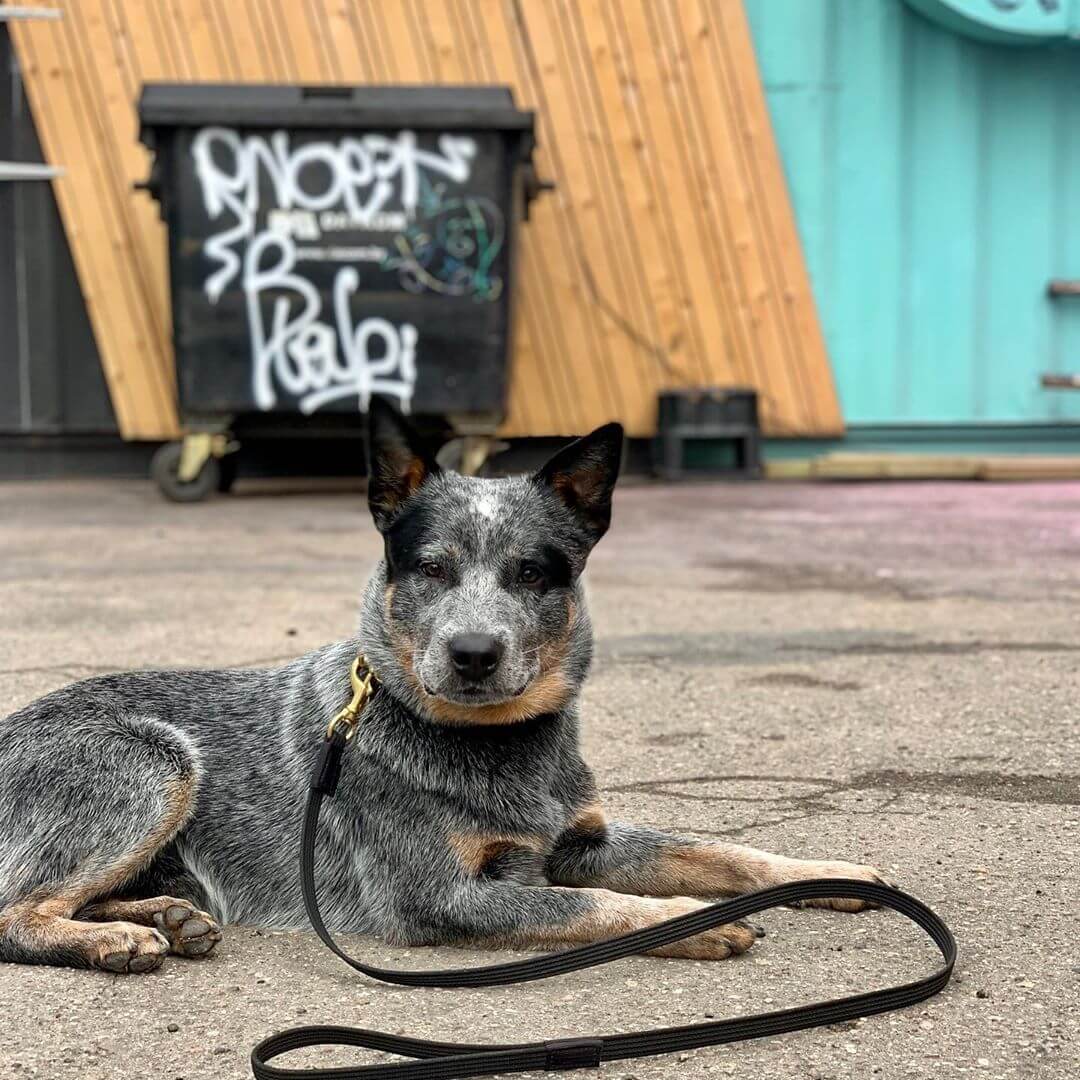
The Australian Cattle Dog is medium in size. He has a muscular body with well-developed fore and hind limbs. The neck is quite massive, the head is large, the ears are constantly in a standing position, the tail is mainly lowered downward.
The official description of the Australian Shepherd Dog breed claims that the representatives of the breed have a height at the withers of up to 51 cm, and their weight reaches 20 kg. The wool of animals is of medium length, is characterized by water resistance, and is tough. In the area of the hind thighs, the coat is quite fluffy.
Puppies of Australian shepherd dogs are born exclusively white with small black spots. Consistently, as it develops, the dog changes color to blue or reddish, still with dark spots.
For people unfamiliar with the breed, the character and disposition of the Australian Shepherd often seem unbalanced. However, practice shows that the opinion is wrong. In order to fully appreciate the character traits, you need to constantly remember for what purpose the breed was bred.
For the breed, the first place is the sense of the pack, at the same time the feeling of increased independence is inherent in the dogs. The dog is able to trust exclusively the owner. Only in front of a devoted leader will the dog reveal its own positive qualities.
Australian shepherds rarely bark. Moreover, the barking is rather similar to the cries of an owl. After the final recognition of the indisputable leader of the breeder, pets become obedient, ready to complete any task, even modest to a certain extent. In many endeavors, they are able to become a faithful companion and friend.
Characteristics and Personality
The Australian healer breed has a somewhat stubborn, independent, but at the same time very open and friendly character for the owners. These are very intelligent dogs who always draw their own conclusions, understand humans perfectly, and are distinguished by excellent resourcefulness. In addition, they are extremely hardy and can live in a wide variety of climates and in general in a wide variety of conditions, without experiencing any internal discomfort.
Endurance is also reflected in the attitude towards pain – initially, dogs were trained and bred in such a way that they could perform the assigned tasks even despite physical injuries, bites, bruises, etc.
The Australian healer developed in close contact with humans, and to this day the breed retains this important quality. The dog is extremely attached to its master and is ready to follow him anywhere, even to the end of the world, and it does not matter where this edge will be – at the North Pole or in the hot deserts of Africa. The dog will survive everywhere and will help the owner to survive.
Naturally, hunting instincts are also extremely strong, and all small animals, including small dogs, cats, squirrels, any rodents, are potential prey. However, they can be trained to live with the cat if you do this from an early age, but keep in mind that all other cats, except for friendly, domestic ones, will still remain the prey. But hamsters, guinea pigs, parrots – here you don’t even need to try, since the healer, in principle, cannot perceive them otherwise than as prey.
The Australian Shepherd Dog perfectly copes with the functions of a watchdog, and responsibly, selflessly protects its territory from any encroachment, whether it be a man or a stray dog. The same is the case with the protection of the hosts. The Australian healer has a very high energy level, and does not understand how you can spend all day lying on the couch – and even if he had to do this, he would definitely not like it.
But if you need to go on a hike, overcoming tens of kilometers of the way, or do any assigned work, helping the owner in everything, in this case, the dog will be happy. Idleness, lack of activity, and useful functions cause melancholy and sadness in this breed, because of which the character can become destructive. Then, the first thing that will suffer is your furniture, doorframes, curtains, shoes, etc.
Children are perceived well, but they feel responsible for them, as for a herd, because this is a herding dog, and therefore sometimes they can try to drive them into the nursery, and even bite lightly on the heels. But you can wean yourself from this. By the way, the instinct to bite is generally quite strong in these dogs, and therefore you should always have toys since it is extremely important to direct this instinct in the right direction because it makes no sense to wean a dog from such a thing. Most likely, you simply will not succeed, since for an animal it is as natural as walking, running, etc.
Strangers are perceived as neutral if they are not territorial trespassers or are not aggressive towards the dog or owners. By the way, if you live in the private sector, it is better to have a fence with a concrete foundation, since the healer may well make a tunnel and go on a short trip. Moreover, it will also be possible to find it at the nearest trash can – the desire to dig in the garbage, independently get food and travel is inherent in these dogs.
Care and Maintenance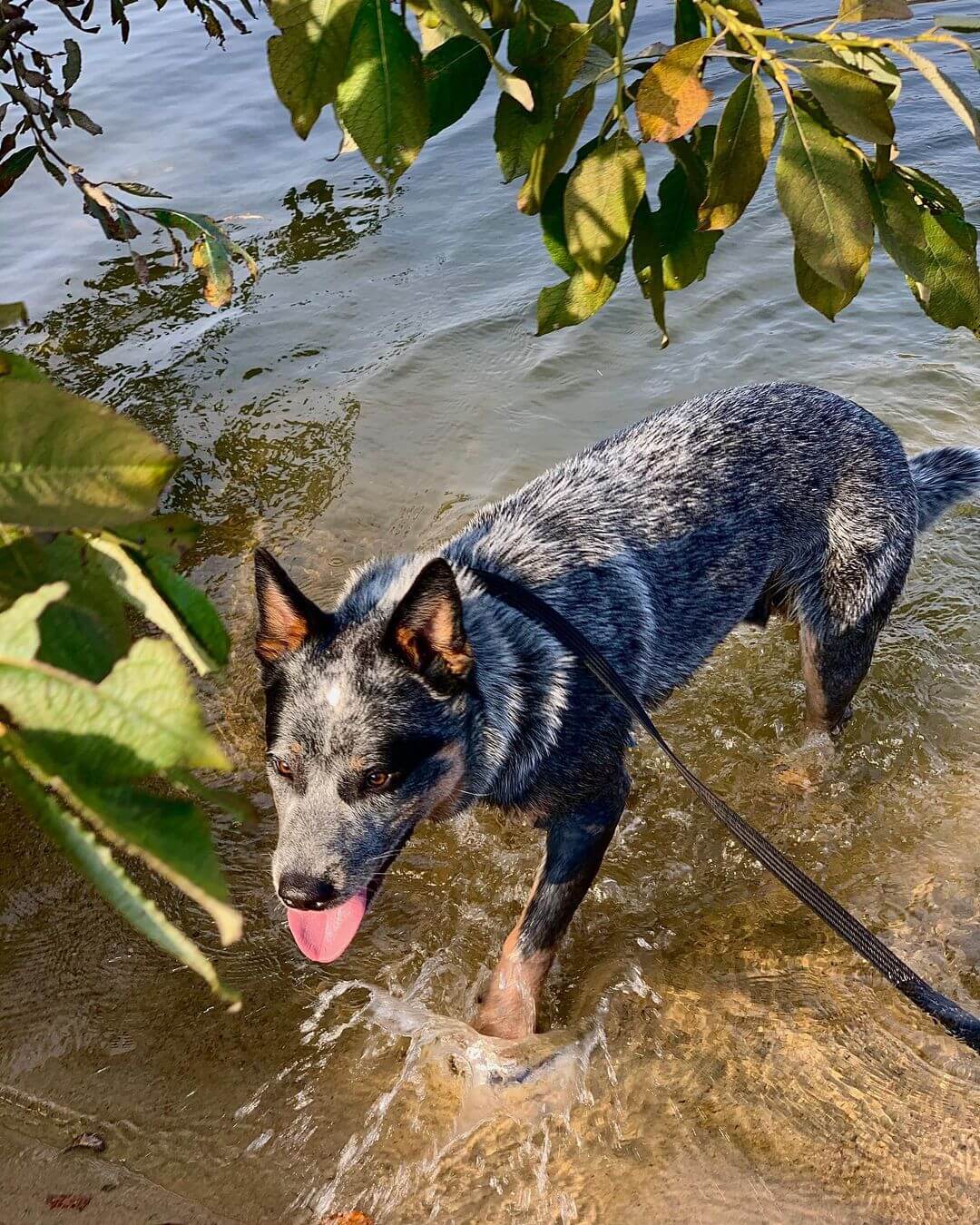
An Australian healer dog needs to be brushed about twice a week. No hair clipping required. You need to bathe your pet once a week or more often. The ears should be cleaned two to three times a week, the eyes daily, or as needed. The nails are trimmed three times a month.
Education and Training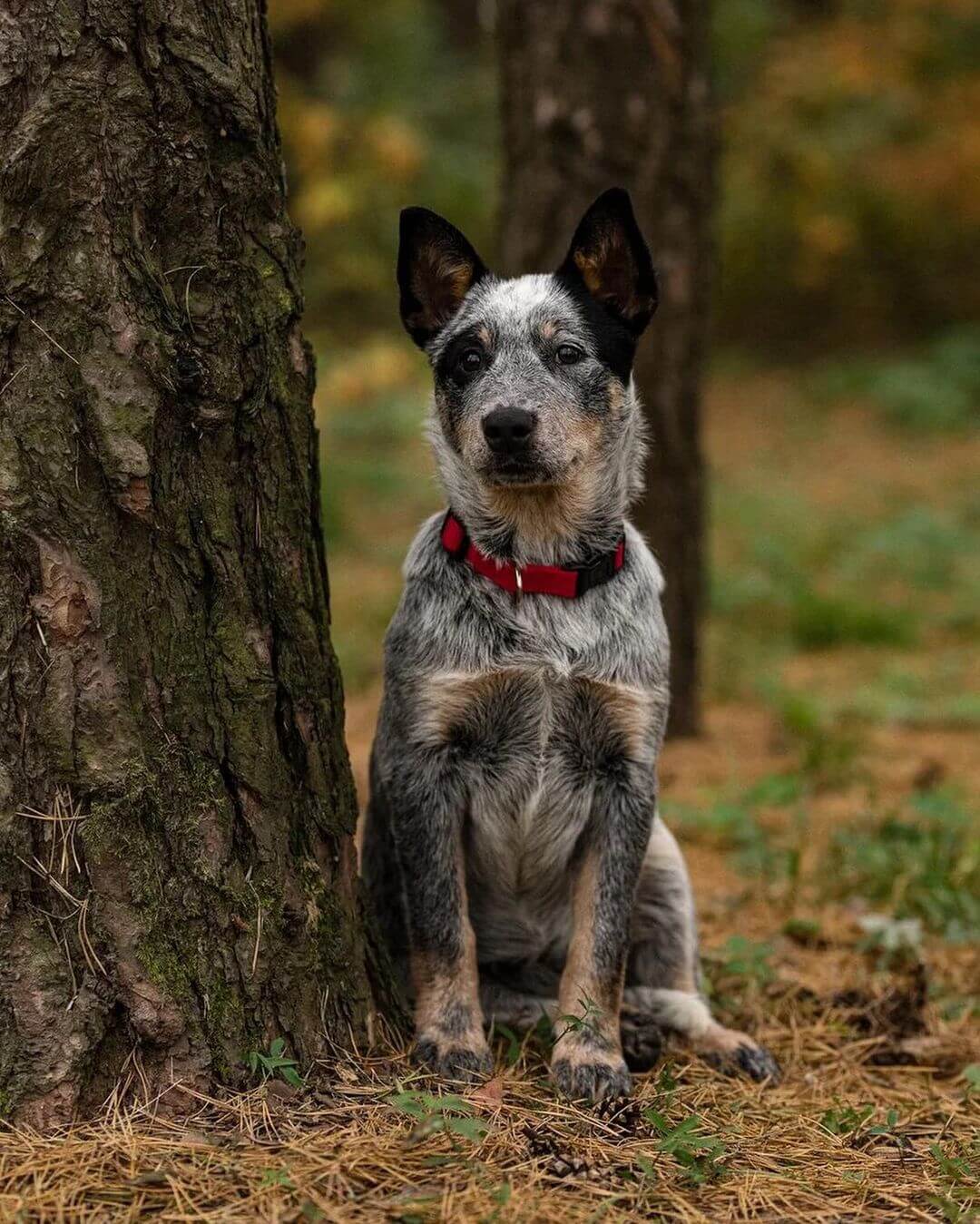
Stubbornness and a desire to act in their own way is a distinctive feature of the breed, although it is quite possible to work with it. If your dog recognizes you as a leader, loves you, he will obey. Accordingly, you need to, first of all, put yourself in the role of a leader, as well as teach the animal basic commands and achieve their rigorous implementation, even in the presence of distractions. Moreover, in this case, the distracting factors can be not only extraneous sounds and smells but also simply – a sunny day in which the dog wants to plunge with all the ensuing adventures.
You need to train consistently, actively, variedly, and be patient, kind, very positive and, when necessary, a strict master. If the dog is guilty, he does not receive a toy. And if he does receive, a tasty treat or a toy, then only after he executes a command, for example, “sit” or “lie down.”
Health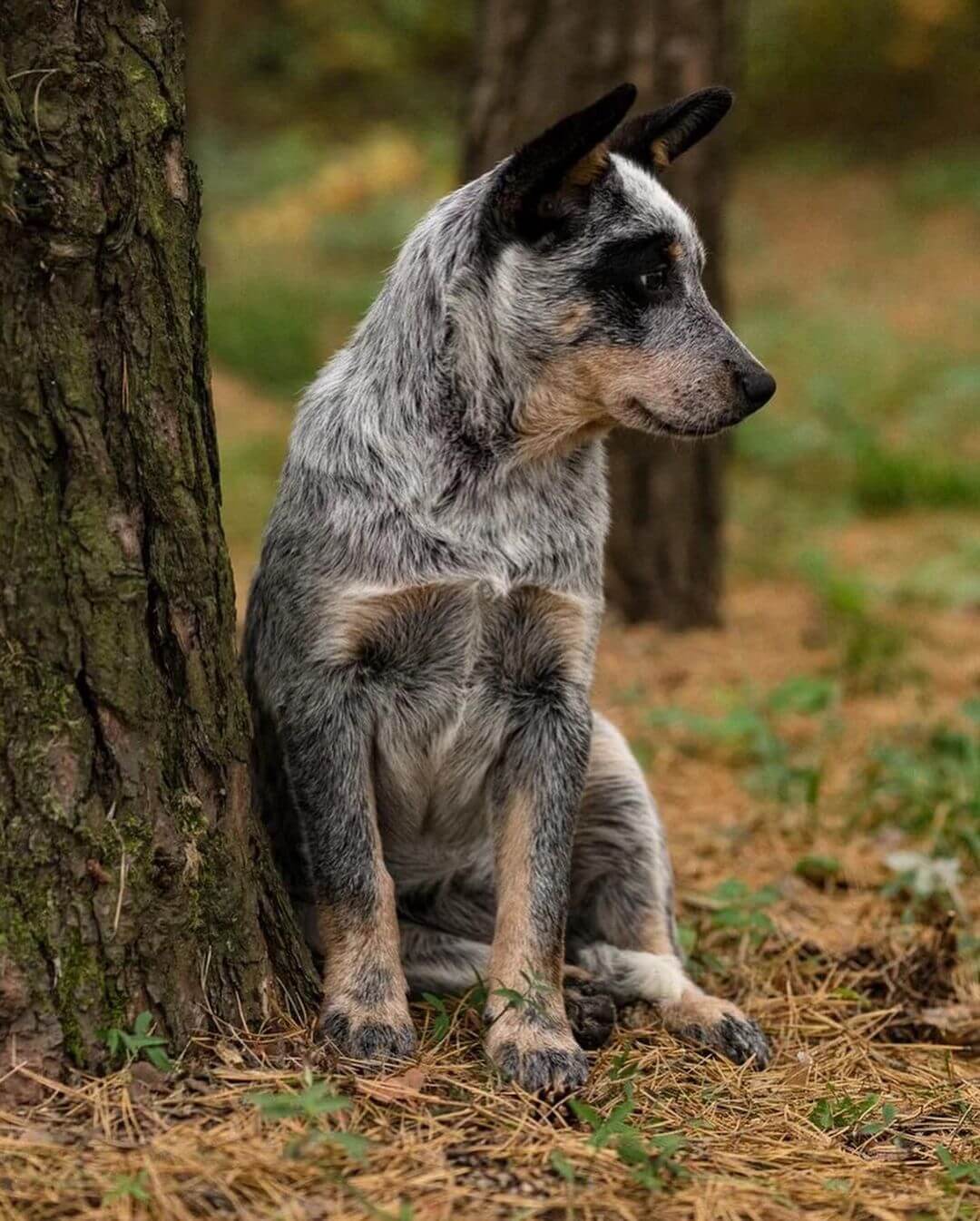
The Australian healer is prone to some diseases, although in general, he is in very good health.
- dysplasia of the hip joint;
- dysplasia of the elbow joint;
- hypothyroidism;
- homeopathy;
- von Willebrand disease;
- progressive retinal atrophy;
- deafness is an inherited condition in the Australian healer but can be tested in puppies. Deafness is associated with a white coat.
How to Choose a Puppy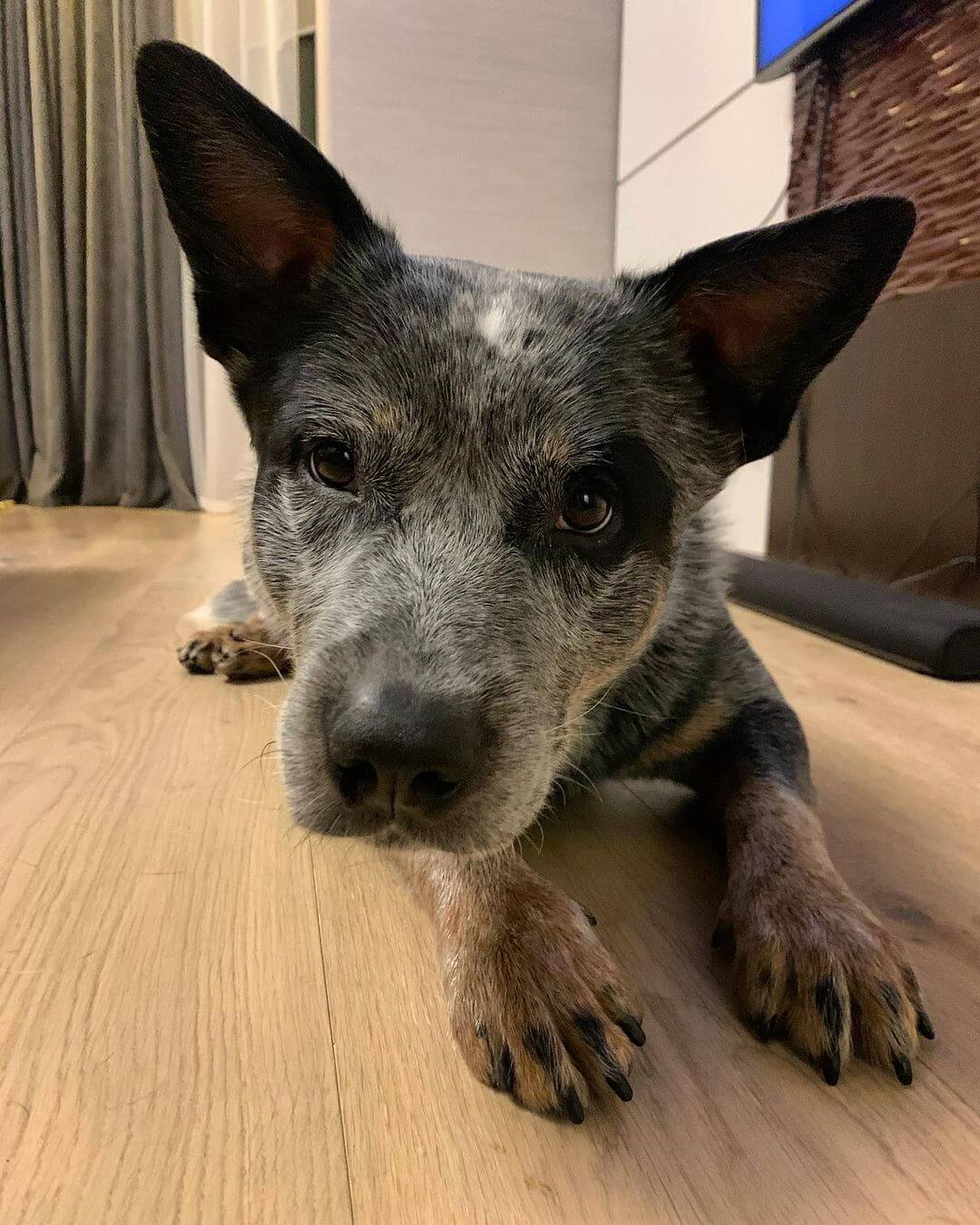
The above-mentioned features of appearance and character refer to purebred Australian Cattle Dogs, that is, to those whose pedigree has been confirmed by official documents for several generations. Half-breeds can certainly be wonderful and loyal pets, but they are still completely different dogs.
Future owners who are interested in a particular breed should look for a puppy only from trusted breeders and in kennels with an excellent reputation. So you can be sure of the absence of genetic diseases and the “trademark” stability of the psyche, which is so important for a pet.
It is also better to “get acquainted” with the parents in order to have an idea of the heredity of the future pet and to look at the conditions of keeping the mother with the babies. Cleanliness, ample space, quality food and toys, and timely vaccinations are undeniable evidence in favor of the breeder.






